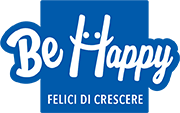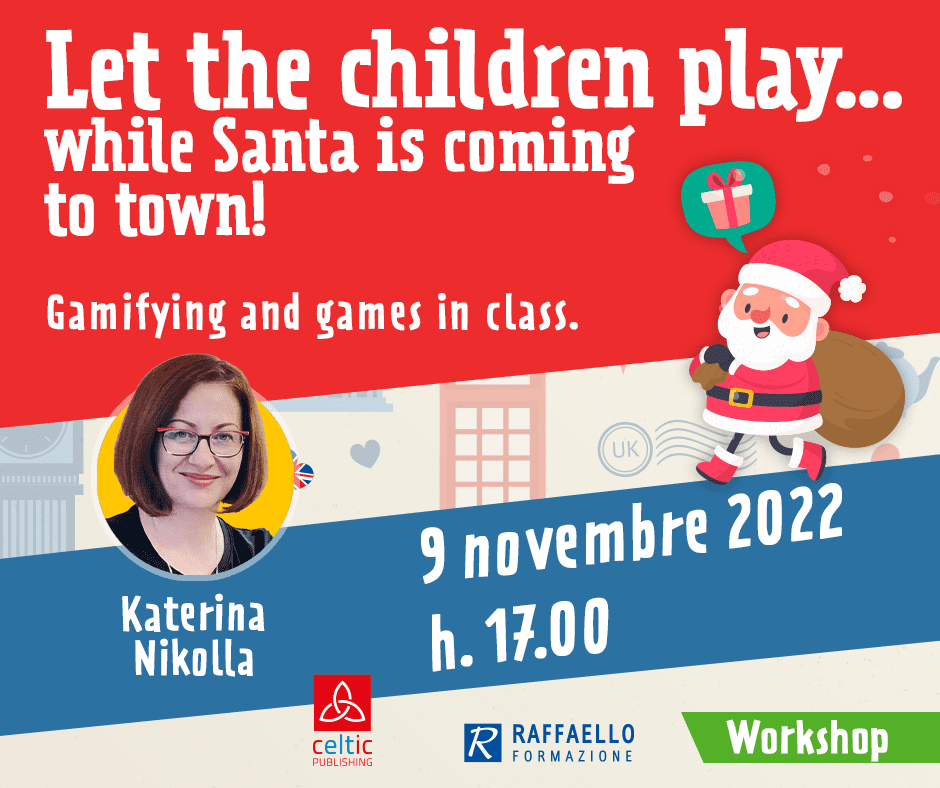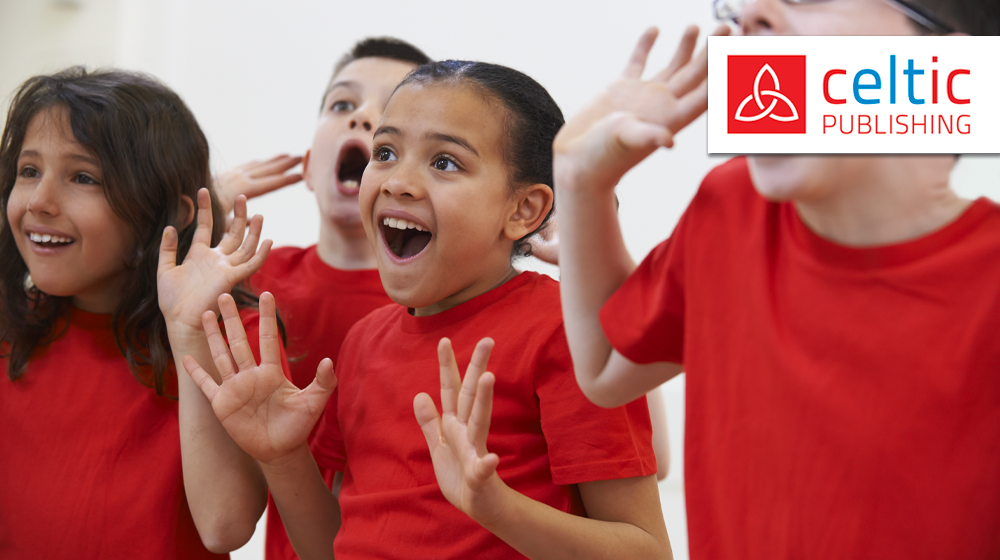Gamification a scuola: cosa è?
Come applicarla nell'insegnamento dell'inglese

Potrebbe non essere qualcosa di nuovo per coloro che conoscono un po' il greco il fatto che le parole: “child”, “game” e “play” in greco hanno in comune la stessa origine. Condividono tutte la stessa radice: paidi, che significa bambino.
Quindi, la frase "Il bambino gioca" sarebbe qualcosa del tipo: "To paidi paizei paixnidia". Non è sorprendente che in un linguaggio così ricco una sola parola sia usata per trasmettere tre idee diverse? Forse questo potrebbe essere semplicemente perché i termini "child", "play" e "game" racchiudono tre aspetti dello stesso concetto.
Sin dai tempi antichi si sostiene che il gioco sia di grande importanza per i bambini piccoli e per la loro crescita. Questo assunto è vero ed è confermato da diversi studi che dimostrano come i giochi educativi, compreso l'apprendimento delle lingue, sono utili in svariati modi. Tale consapevolezza ha portato alla crescente popolarità dell'utilizzo di attività impostate sul gioco nell'ambiente di apprendimento, in altre parole, gamification.
Al centro della gamification nelle lezioni di inglese c'è l'incoraggiamento dell'apprendimento attivo. Attraverso giochi e attività ludiche, gli studenti possono sviluppare innumerevoli abilità come il pensiero critico, la creatività, il lavoro di squadra, la leadership, migliorare le strategie per trovare soluzioni e il tutto divertendosi.
Giochi ben progettati, utilizzati in vari modi, attraverso diversi media e piattaforme, possono coinvolgere gli studenti in un modo che pochi altri metodi possono fare. La bellezza del gioco nell'ambiente di apprendimento è che gli studenti sviluppano rapidamente l'autonomia e possono auto-correggersi facilmente, riducendo lo stress emotivo. C'è un chiaro percorso di progressione e gli studenti possono imparare seguendo il proprio ritmo.
Durante il webinar “Let the children play while Santa is coming to town! di mercoledì 9 novembre alle 17 esploreremo il concetto di gamification, vedremo alcuni esempi di attività ludiche (alcune con un tocco natalizio) oltre a siti Web utili e strumenti digitali per aiutarti ad accendere l'entusiasmo per i tuoi piccoli "giocatori".
ENGLISH VERSION
It might not be new to those who understand a little bit of Greek that the words: “child” “game” and “play” in Greek have the same word origin. They all derive from the same root: paidi.meaning child .
So, the phrase “The child plays games” would be something like: “To paidi paizei paixnidia “ Isn’t it interesting that in such a rich language a single word is used to convey three different ideas? Perhaps this might be simply because the terms “child” “play” and “game” reflect three aspects of the same concept.
Since ancient times people seem to believe that playing games is of great importance for young children and their growth. This is quite true and it is confirmed by various studies which show that educational games including language learning are beneficial in numerous ways. This has lead to the ever-growing popularity of using game-like activities in learning environment, in other words, gamification.
At the core of gamification in the ESL classroom is encouraging active learning. Through games and gamified activities, students can develop countless skills such as critical thinking, creativity, teamwork, leadership, improve strategies to find solutions, all these while having fun.
Well-designed games, played in a variety of ways, using different media and platforms, can engage learners in a way that few other methods can. The beauty of play in the learning environment is that learners develop autonomy quickly and can self-correct easily, with a minimum of emotional stress. There is a clear path of progression and learners can learn at their own pace.
During the webinar Let the children play…while Santa is coming to town” on Wednesday, 9th November at 5p.m we are going to explore the concept of gamification , will look at some examples of gamified activities (some with a Christmas touch) as well as useful websites and digital tools to help you ignite excitement to your little “players “ around the classroom.
Katerina Nikolla
Teacher Trainer e insegnante di lingua inglese

Katerina Nikolla
Teacher Trainer e insegnante di lingua inglese nella Scuola Primaria.




























